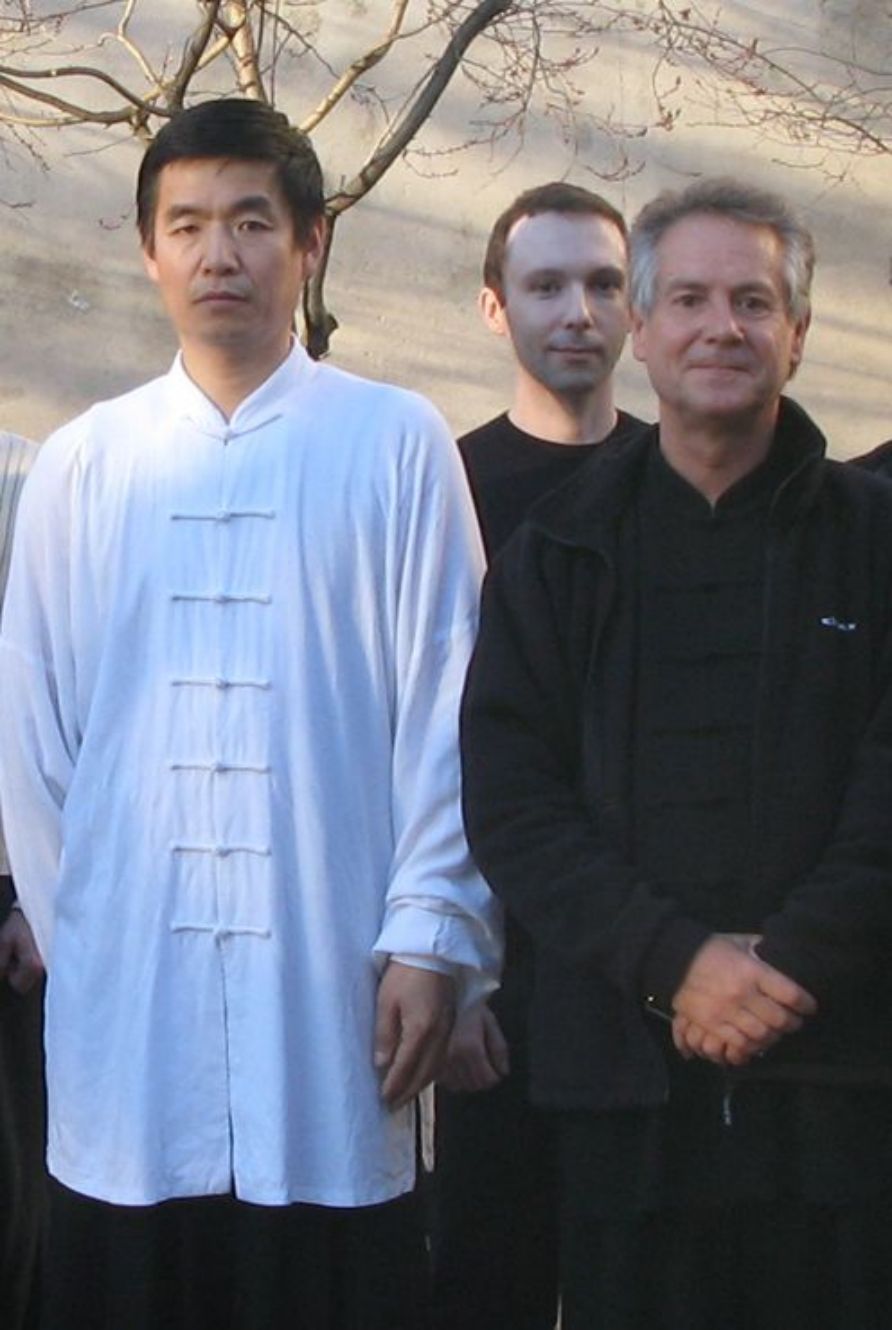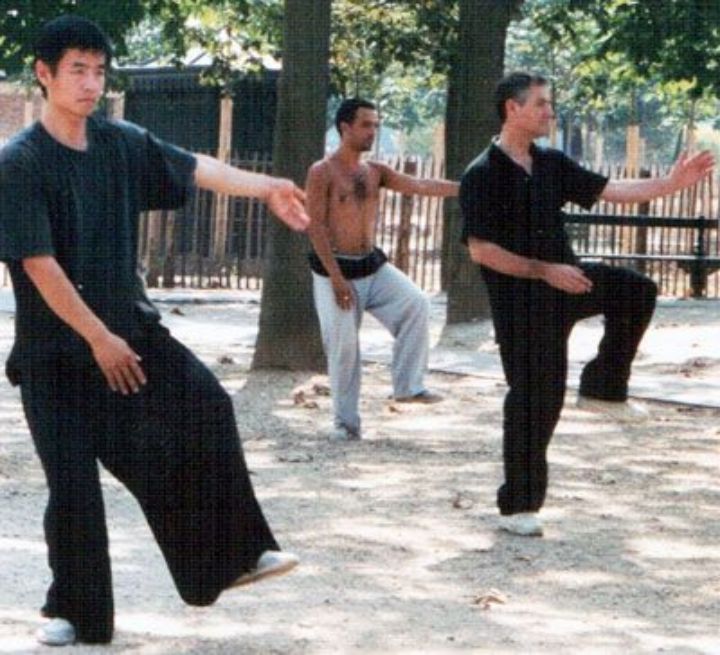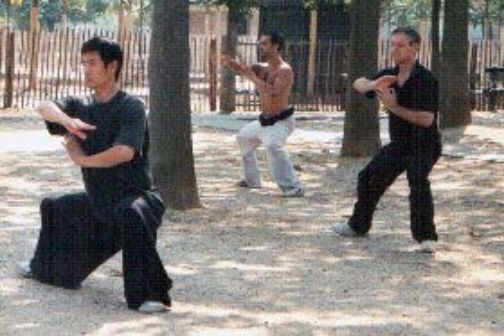Taichi Chuan Style Chen
CHEN FORM Di yi lu - 1st sequence (in 74 movements)
The CHEN school is widespread and well-established in Europe, and has inspired many other styles.
Chen originated during the Ming dynasty (1368-1644).
Master Wang Xi An (19th generation: Custodian of the style) transmitted this form to M° Ai Jun Zhang.
Lao jia yi lu Christian RASOTTO
The origins
It's worth noting that the term Taiji (supreme fact) lies at the heart of the foundations of Chinese thought.
The generally acknowledged founder is Chen Wangting (1600 - 1680), belonging to the ninth generation of the Chen Bu family. He lived in the mid-seventeenth century in the village of Chenjiagou (Wenxian district, Henan province, China), where the first historical traces of his existence can be found in written annals.
(A more mythical origin dates its creation to the 11th or 15th century, by the Taoist hermit Zhang Sangfen) The name of the style is borrowed from the Chen family.

Chen style is considered to be the origin of Yang style tai-chi. Wu-style tai-chi is a descendant of Yang and Sun-style tai-chi is a descendant of Yang and Chen.
According to Chinese historians, both kungfu techniques from various schools of the time and health techniques (Tuna, breathing work and Daoyin, the art of long life, whose historical origins are attested as early as the 5th century BC) were brought together in the creation of Taiji Quan.
It is interesting to note that the similarities between the sequences of the original Taiji Quan and Shaolin kungfu are easily explained by the geographical proximity (two days' walk) between the village of Chenjiagou and the Shaolin monastery. For five generations, Taiji Quan was passed down only to members of the Chenjiagou village, and its techniques jealously guarded within the clan.

Maître ZHANG aijun and Christian RASOTTO jardin du luxembourg
The practice of Chen style is based mainly on the work of two Taolu (sequences) with bare hands:
Di yi lu - 1st sequence (in 74 movements)
er lu - 2nd sequence (or pao chui - cannon fists)
There are two versions of Di yi lu:
Lao jia (old form)
xin jia (new form) created by CHEN Fake.
The sequence of movements is the same and the gestures are very similar, but the use (martial applications) of the movements is often very different.
There are also numerous forms of synthesis, generally designed for competition or as a pedagogical element (created by contemporary masters such as Wang Xi'an, Chen Zheng Lei, Chen Xiao Wang...).
Nevertheless, the study of the first 15 movements of "Di yi lu" forms the basis of our work. In these first 15 movements alone, we find all the principles and changes (directions) that are to be found in the rest of the form. It is also said that the first movement (The Heavenly Guardian piles the mortar) is the foundation of the base, and that it is imperative for good progress to execute it correctly before continuing.
Traditionally, it's only once you've mastered Di yi lu that you can begin learning tuishou and weapons (sword, sabre, spear, staff, halberd, etc.), and Er lu pao chui.
The second sequence is characteristic of the Chen style (there is no equivalent in other styles). It's an "explosive" work, which clearly shows the origins of martial arts.

Maître ZHANG aijun and Christian RASOTTO jardin du luxembourg
The difference between the two empty-hand sequences can be summed up as follows:
for Di yi lu it is: the body that leads the hand
for Er lu: the hand leads the body
This means that the study of the first sequence is a listening (intention) directed inwards (proprioceptive work), while the second sequence is designed to direct the intention outwards (martial application).
Tuishou is also referred to as the third taolu, as it is also a codified multi-level sequence that can be practised on its own. Tuishou is a step in martial training leading to the practice of Sanshou (free combat)
Although Taiji quan initially remained within the Chen family (traditionally taught only to the eldest son and daughter-in-law), it spread from 1928, when Chen Fa Ke began teaching it in Beijing.
Master Zhang Aijun